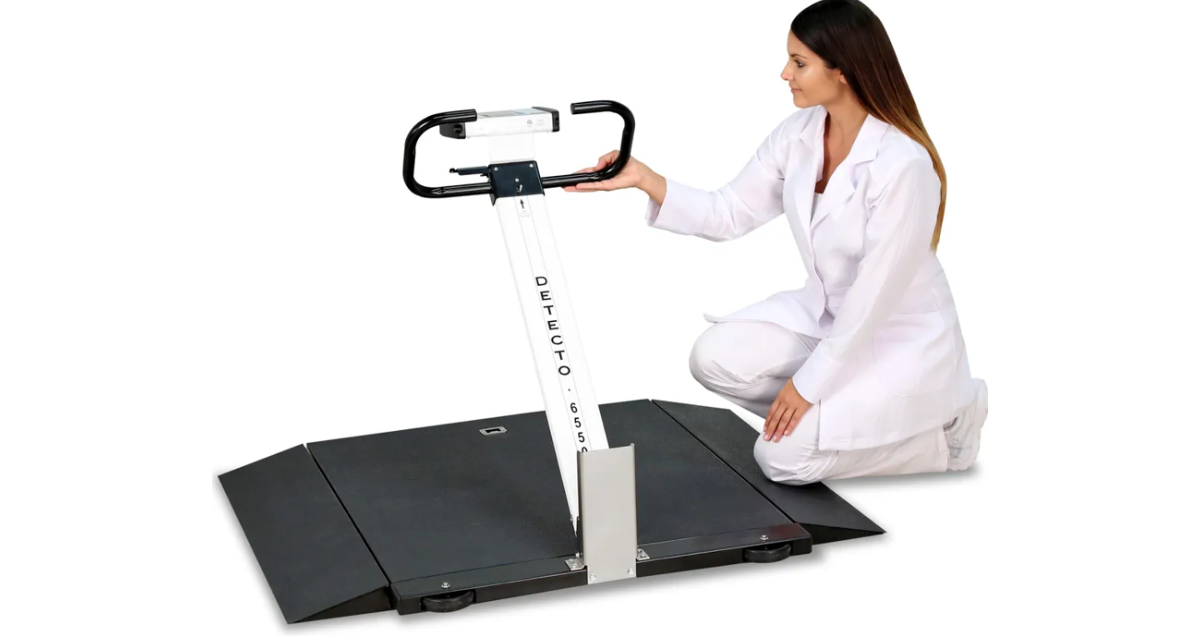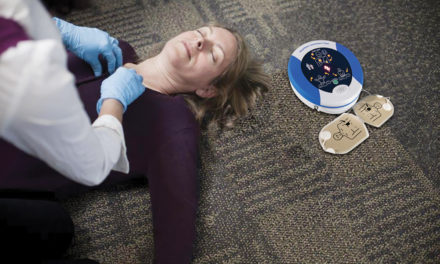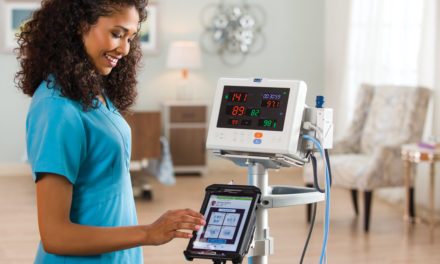Wheelchair scales are designed for non-ambulatory residents, providing a practical solution for situations where standing is not feasible or ideal for weight measurement. These scales allow caregivers and medical staff to obtain accurate weight readings without requiring the individual to leave their wheelchair.
Types of Wheelchair Scales
Mechanical Powered
- Uses a mechanical weight beam for manual weighing
- Consists of a platform with a weight indicator to prevent injury and medical malpractice expenses
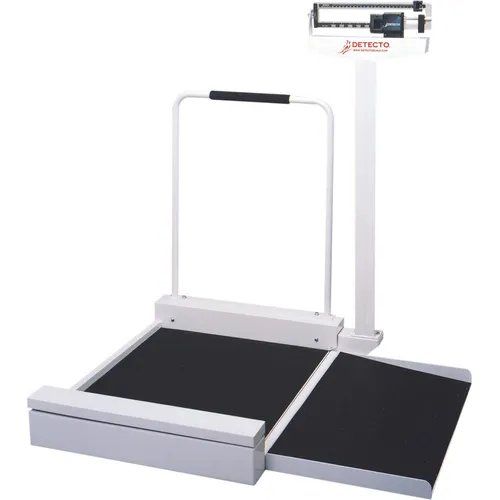
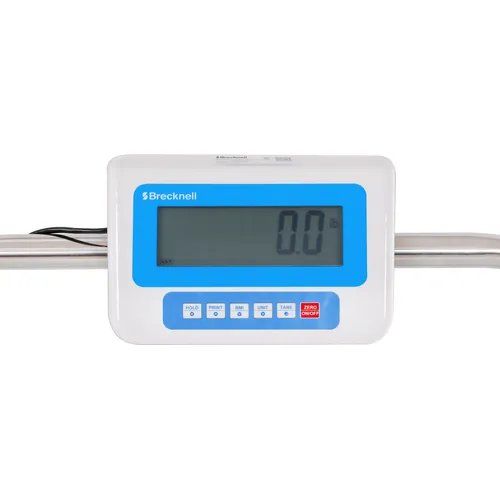
Digital
- Electronic weight indicator automatically displays weight on the digital wheelchair scale
- Typically more accurate and efficient than mechanical scales
Portable
- Portable scales are designed for use in settings where space is limited
- Fold-up design allows for easy transport and storage
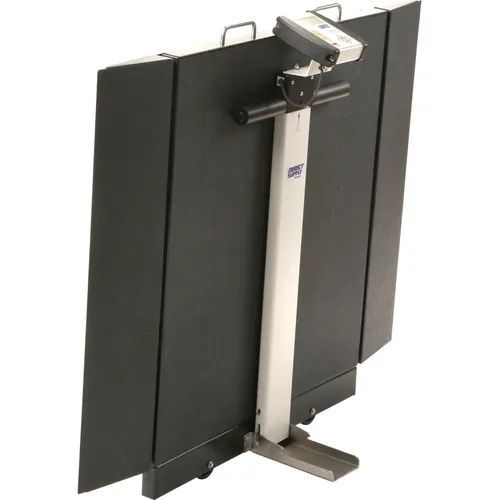
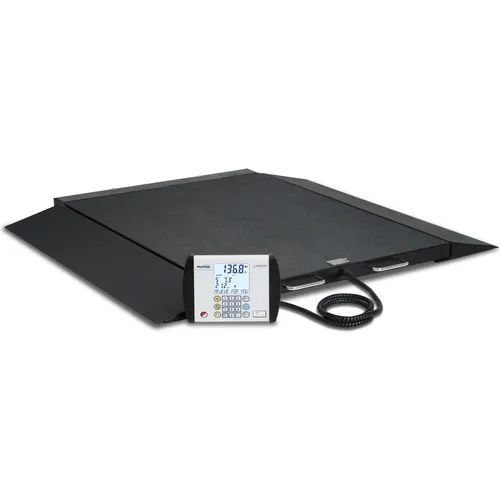
Bariatric
- Bariatric scales have a higher weight capacities than standard scales
- Wider platform accommodates larger wheelchairs
3-in-1
- A 3-in-1 wheelchair scale allows for seated, standing, and wheelchair weighing
- Residents can be weighed in a wheelchair, integrated seat, or in standing position
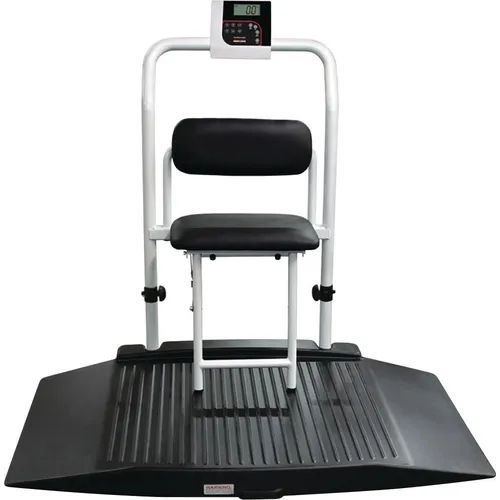
Key Considerations: Wheelchair Scales
Durability
- Heavy-duty construction designed for long-term daily use across various resident weights
- Rust- and corrosion-resistant materials
- Non-slip rubber mats on platforms prevent wheelchairs from rolling
Low Profile
- Gentle incline for easy rolling of chairs on and off the platform
- Enhances resident comfort and safety
Built-in Ramps
- More stable than standalone ramps
- Smooth transfer of residents on and off the scale
- Dual ramps for accessibility from both sides
Safety Grab Bars/Handrails
- Provide a greater sense of security and stability
- Enable residents who can stand on their own to use the scale safely
- Assist with stand-up weighing
Precision
- Stainless steel load cells for increased accuracy
- Clinical grade accuracy: 0.2-lb/0.1-kg
Graphics/Display
- Large, easy-to-read display at a glance
- Tabletop or wall mount designs for pivoting and positioning where healthcare professionals can easily read results
Mobility
- Wheels for easy rolling of the scale from room to room
- Handles for a secure grip and control while moving
- Fold-down scale columns for added convenience
Key Features: Wheelchair Scales
Tare/Zero
Automatically subtracts the weight of the wheelchair from the total weight to reveal only the resident’s weight
Health Metrics
Advanced functions such as BMI calculation allow for more accurate weight to body mass screening
WI-FI/Bluetooth Connectivity
Wireless EMR/EHR connectivity allows for seamless data sharing, transmitting resident weight directly to electronic medical records. This reduces the risk of misplaced clinical notes and minimizes human error
Wheelchair Scale FAQs
How do wheelchair scales work?
Wheelchair scales have a platform where the wheelchair is placed, and the scale calculates the total weight. The weight of the empty wheelchair can be subtracted to determine the weight of the individual.
Why are wheelchair scales important?
Wheelchair scales are essential for accurately monitoring the weight of non-ambulatory individuals. This is crucial for medical assessments, medication dosing, and overall health management.
How to weigh someone in a wheelchair?
First ensure the scale is on a flat surface and zero it with the empty wheelchair if possible. Gently roll the wheelchair onto the scale, making sure it is centered and stable. Engage the brakes, then wait for the weight to display and record it. If you didn’t zero the scale, subtract the weight of the empty wheelchair from the total. Ensure the patient’s comfort and security throughout the process, and document the weight in their medical record.
How accurate are wheelchair scales?
Wheelchair scales offer clinical-grade accuracy, typically within 0.2-lb (0.1-kg), ensuring reliable weight measurements.
How do I maintain a wheelchair scale?
Regular maintenance includes:
- Checking and cleaning the platform and ramps.
- Inspecting for wear and tear.
- Calibrating the scale periodically according to the manufacturer’s guidelines.
Can these scales be used for other purposes?
While primarily designed for wheelchairs, some scales can also be used to weigh other equipment or items, provided they fit within the platform and weight capacity limits.
Direct Supply® makes finding the right wheelchair scales easy
When it comes to wheelchair scales, we know there are a lot of choices on the market today and finding what’s best for your facility can be a challenge. That’s why Direct Supply offers a vast selection of wheelchair scales from the industry’s top brands. Once you’ve made your pick, you’ll find easy ordering, convenient delivery and installation services, budget-friendly financing options, and a 100% satisfaction guarantee. Of course, if you need assistance you can count on our expertise to help you find exactly the right match for your specific requirements and budget.
